This is a very spongy, airy bread that has a crisp crust. It is great for making sandwiches or just served warm with butter or some other spread.
Its very mild flavor is what makes it such a great bread for playing "container" to other ingredients. Ciabatta is believed to have first been crafted in the Lake Como region of Italy. It was first introduced in the United Kingdom in 1985 by Marks and Spencer, a department store. It made its way to the United States when Orlando Bakery, a Cleveland firm, introduced in in 1987. To accomplish this introduction Orlando Bakery hired three Italian bread makers to develop the American version. Within five years ciabatta could be found all over the United States.


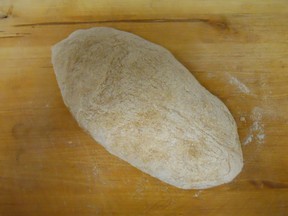 Ciabatta dough is very wet and this requires the use of a stand mixer and dough hook. It is simply too wet to work by hand. Ciabatta also requires a "starter dough." This starter dough is called "sponge" and it is the primary reason Ciabatta has the flavor and texture it is so well known for. For this reason the recipe will be a little more complicated than standard bread or the rustic boule recipe I posted earlier.
Ciabatta dough is very wet and this requires the use of a stand mixer and dough hook. It is simply too wet to work by hand. Ciabatta also requires a "starter dough." This starter dough is called "sponge" and it is the primary reason Ciabatta has the flavor and texture it is so well known for. For this reason the recipe will be a little more complicated than standard bread or the rustic boule recipe I posted earlier.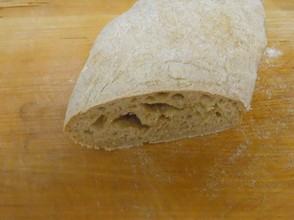
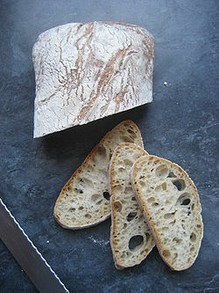
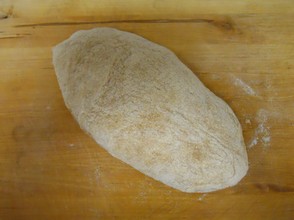
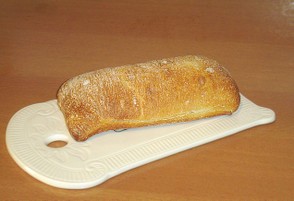



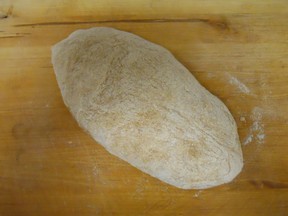



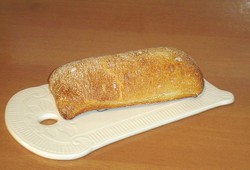

 Crêpes and Crêpe Disheson 09/14/2016
Crêpes and Crêpe Disheson 09/14/2016
 About Me - Liam Beanon 11/28/2014
About Me - Liam Beanon 11/28/2014
 About Ebolaon 11/08/2014
About Ebolaon 11/08/2014
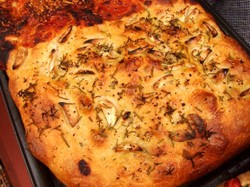
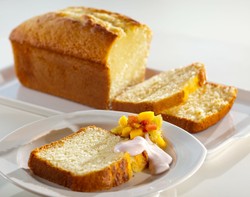
Comments